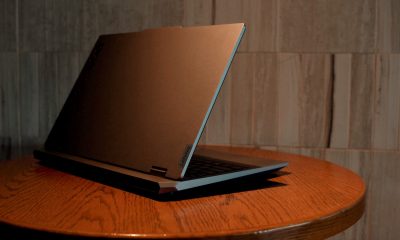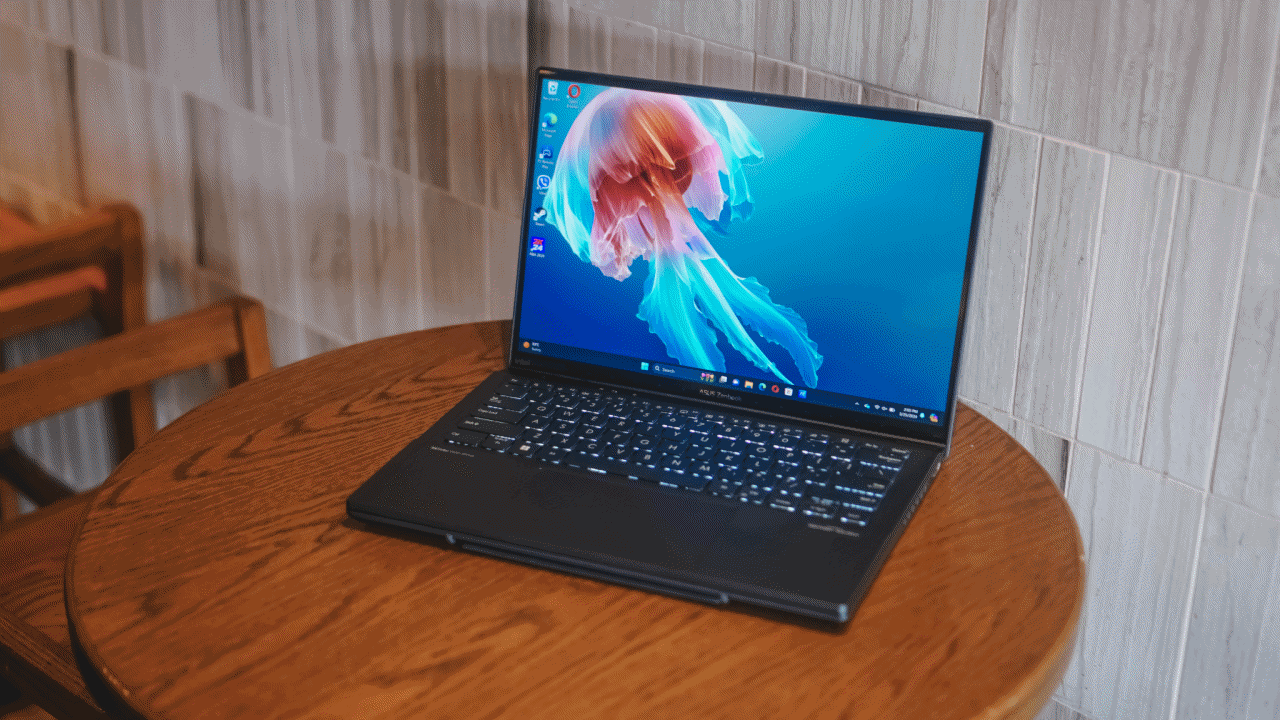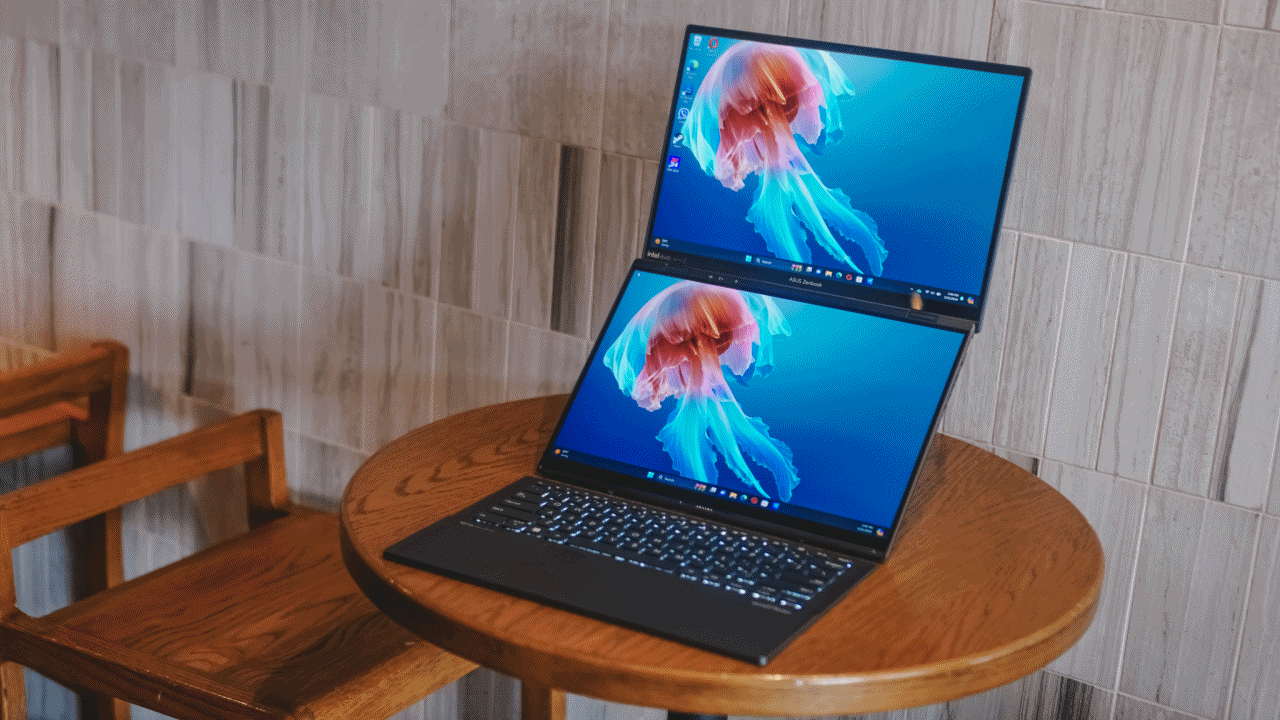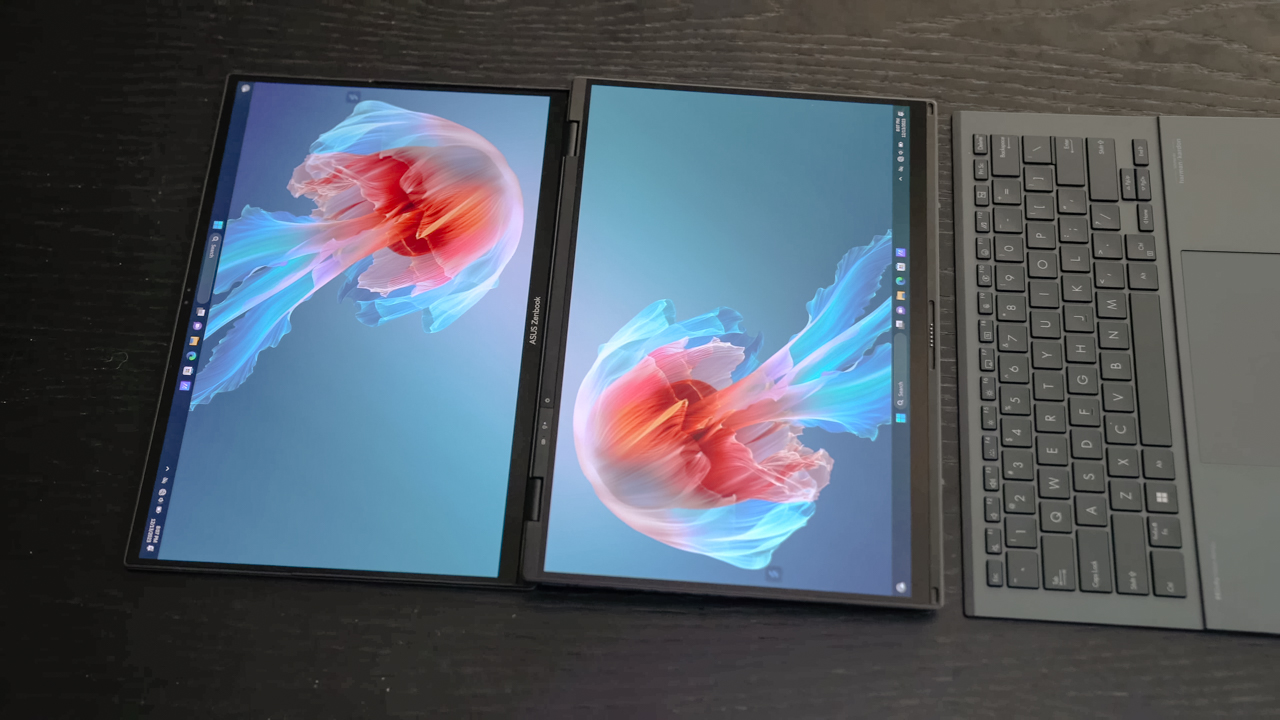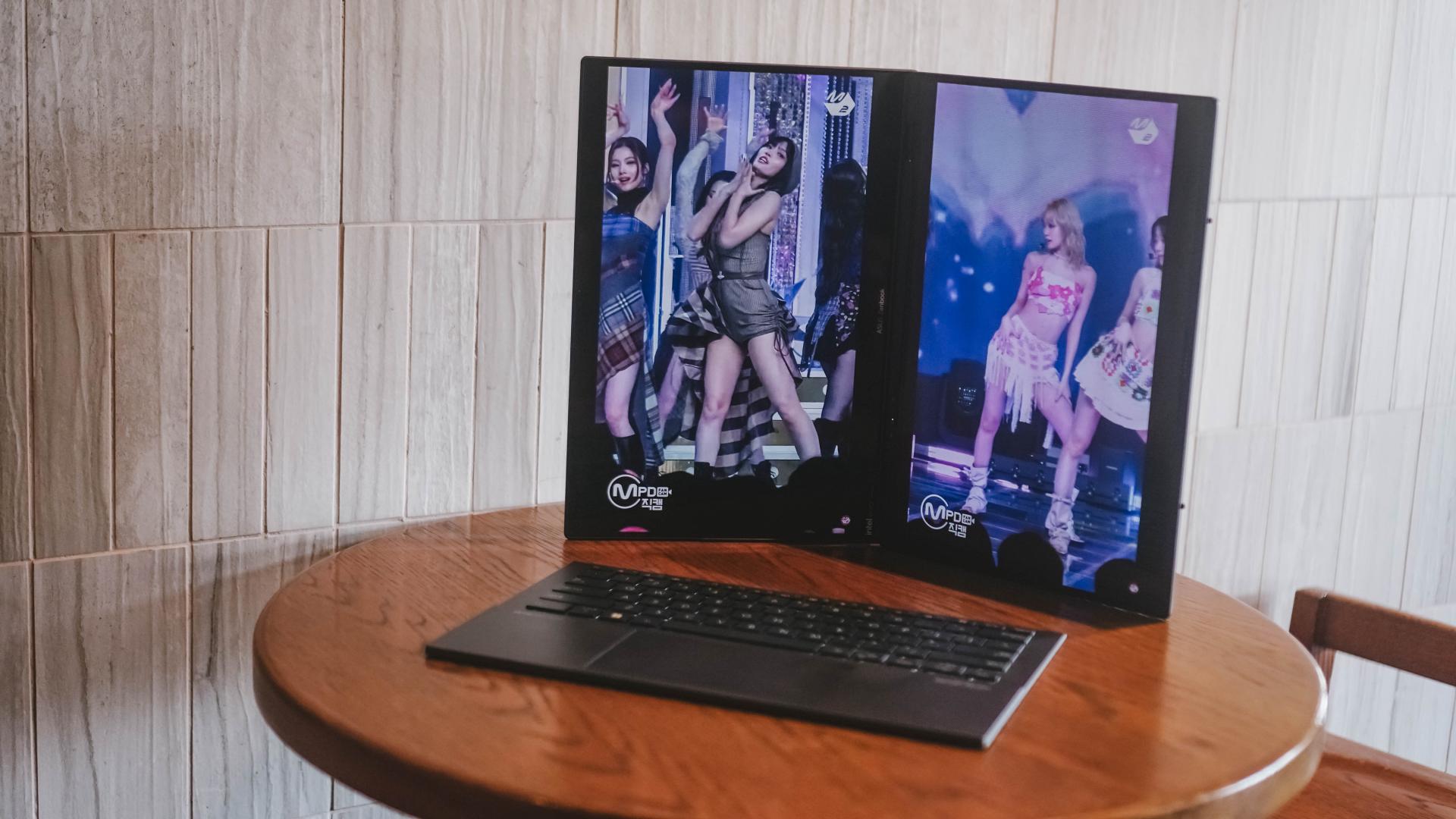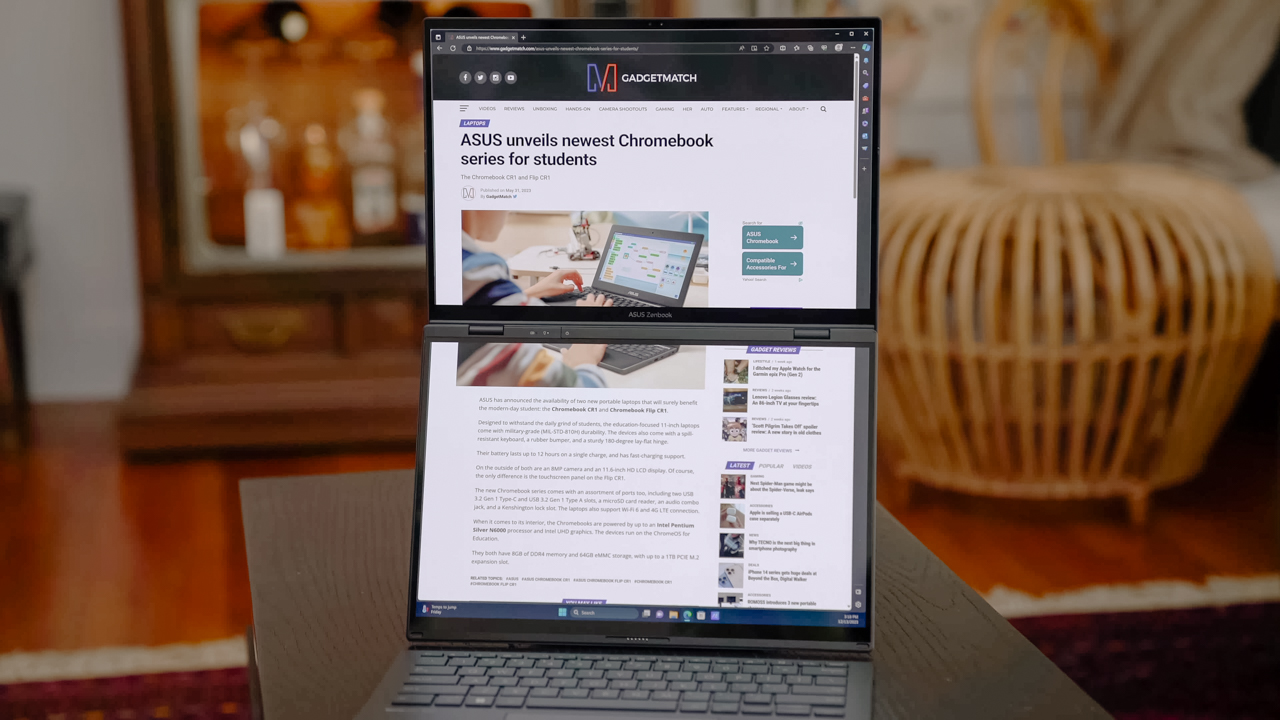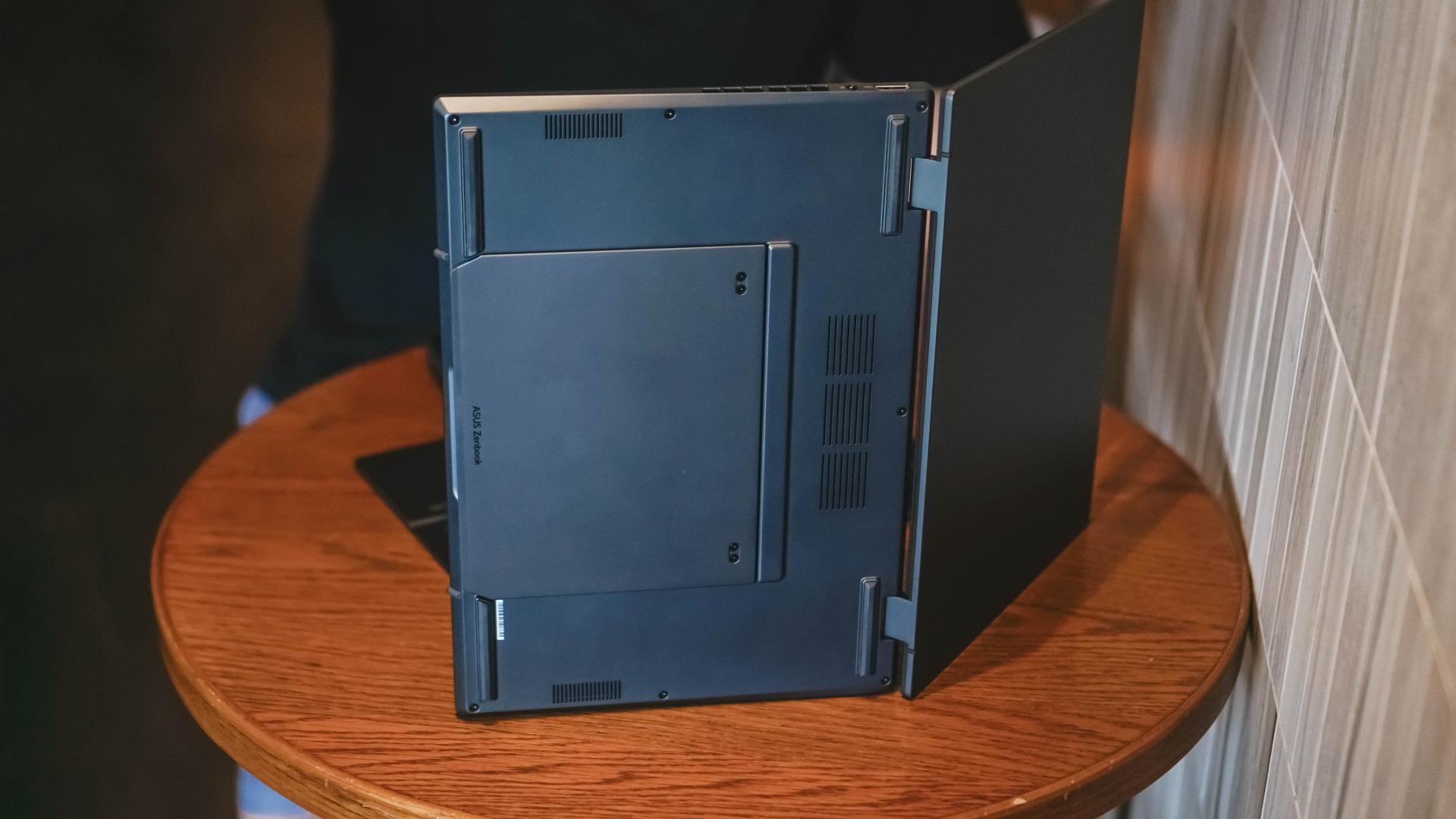

Lenovo has a fairly rich selection of IdeaPad laptops, from large powerhouses to more compact travel companions. The naming scheme can get confusing, however, and each model has its own strengths and weaknesses.
For this review, we’re looking at three of Lenovo’s newest models: the IdeaPad 530S, 330S, and 330. To get more diverse opinions, we employed three different users: content creator Dan, visual producer MJ, and editor Marvin, respectively.
Which IdeaPad is your GadgetMatch? Let’s see what our three subjects have to say.
Lenovo IdeaPad 530S — Dan

The IdeaPad 530S is well-specced and has the best build among the bunch. The laptop’s body has a polished aluminum finish, and I’m loving Lenovo’s new approach to design. The lid of the laptop is understated with just the Lenovo logo on the side.
That’s not the only premium aspect of the laptop’s design. It also has an IPS display that measures 14 inches diagonally with a Full HD resolution and a 16:9 aspect ratio. Nothing sounds fancy about the screen’s specs, but it’s got thin bezels. It’s not as edge-to-edge as Dell’s XPS, but at least Lenovo placed the webcam where it should be. Although, this laptop’s webcam quality isn’t that great either.

I used the IdeaPad 530S primarily for writing and working on the go. So, I appreciated the laptop’s smaller dimensions compared to other 14-inch laptops in the market. It’s portable enough to fit inside most backpacks, plus it doesn’t take up so much space on a coffee table. The typing experience is generally okay, but I find the key travel a bit shorter than my old IdeaPad notebook. The trackpad, on the other hand, works great.
The configuration I have has an 8th-generation Intel Core i5 processor paired with 4GB of memory and 256GB of SSD storage. It even has NVIDIA GeForce MX150 dedicated graphics. This specs combination is more than enough for everyday tasks and light gaming. The notebook’s memory should be upgraded to at least 8GB, though, to avoid hiccups.
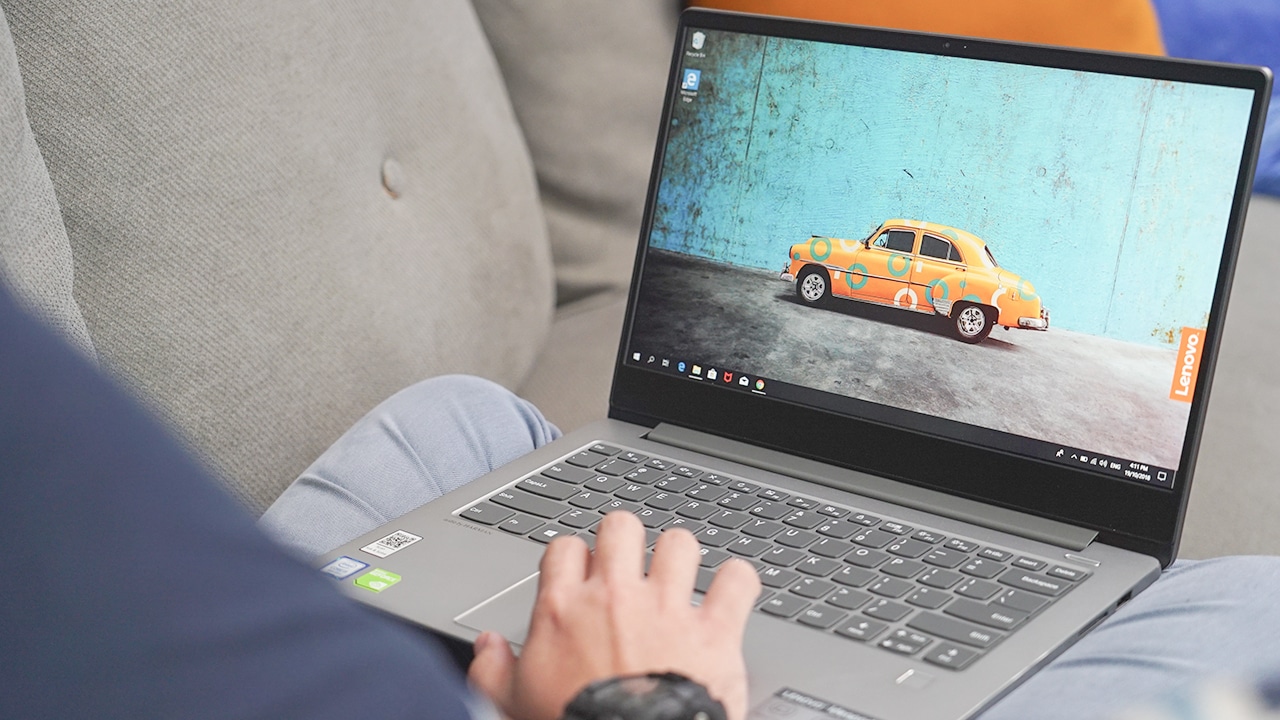
Another good aspect of midrange notebooks is the selection of ports. The I/O on the IdeaPad 530S includes an HDMI port, two USB-A, USB-C, audio jack, and an SD card reader.
I usually get around six to seven hours of battery life with this one, depending on what I’m working on. A full charge using the included 65W charging brick takes about two hours and a half. Not the best battery life and charging time around, but they’re not that bad either.
The IdeaPad 530S is an easy choice for those looking for a well-balanced notebook that doesn’t cost much. Just be sure to upgrade the memory immediately to avoid any lag.
Lenovo IdeaPad 330S — MJ
As an artist, the most important thing for me when looking for a laptop is its style and how it handles multimedia work. So when the Lenovo IdeaPad 330S arrived, I was a bit excited.
The IdeaPad 330S comes in platinum gray and a smooth, polished aluminum cover that made me feel like I’m using a premium laptop. It has a responsive touchpad and soft keyboard so I didn’t have to rely on a mouse to get work done. It also has thinner bezels, and therefore, a bigger screen to enjoy.
The IdeaPad 330S has a 15.6-inch FHD IPS panel, which means it has better color accuracy and wider viewing angles, perfect for all my multimedia work. It also has built-in Dolby Audio, which provides clear sound while watching videos online.
Speaking of portability, this laptop weighs 2.6kg — a bit heavy for a tiny build like mine. Its bigger size means it needs a backpack that can carry a 15-inch laptop. Since I used to own a 15-inch laptop back in college, a laptop this big is no problem. What I’m more concerned about is getting my work done.
Because I handle lots of creative tasks, my laptop consumed battery faster than with more average users. Surprisingly, the IdeaPad 330S didn’t disappoint, lasting at least four to five hours with constant use of Adobe Photoshop and other creative software.
The only thing I didn’t like about this laptop was its ridiculously slow load times. It’s packed with Intel’s 8th-generation Core i7-8550U, but runs on 4GB of memory and 2TB of HDD storage. Boot up was slow, and I could count up to eight seconds before my browser loaded. Most of the time, it couldn’t handle multiple tabs at once and the browser ended up not responding.
The IdeaPad 330S could’ve become a complete powerhouse if not for the sluggish user experience. It has the premium look that everyone wants, and its screen and audio are made specifically for entertainment. This laptop is ideal for those who need it for leisure and entertainment, because that is where it’s great at.
Lenovo IdeaPad 330 — Marvin
This model is clearly the least attractive of the three with its all-plastic body and unsightly bezels. And even though the port selection is mostly complete — two USB-A, USB-C, HDMI, SD card reader, Ethernet — the body’s thickness (22.9mm) and heft (2.2kg) mean I need a larger backpack to carry it in.
On paper, the specs are alright: Intel’s 8th-generation Core i5-8300H, 4GB of RAM, 1TB HDD storage, and dedicated GeForce GTX 1050 graphics chip. While the CPU and GPU combo can handle demanding tasks, the low amount of memory and slow hard disk mean startup can be slow for both the machine and apps.
I’d say the best part of this laptop is its keyboard, which is vital for any full-time editor. Like most Lenovo notebooks, the keys are well-spaced and have a bottom curve to make them easier to hit. It also has evenly distributed backlighting and a decent trackpad to complement it. I just wish the power button wasn’t placed so close to the keyboard itself, resulting in accidental presses.
The worst aspect has to be the display quality. Even though the screen is 15.6 inches in size and 1080p in resolution, its TN panel offers poor color reproduction and even worse viewing angles. This isn’t the type of laptop I’d use for watching online shows or presenting to a group of people surrounding the display.
On the brighter side, the speakers can get loud, albeit with a little distortion while at max power. I also found the battery life above-average with over six hours of balanced usage on a single charge, and the unit reaches a hundred percent quickly using the bundled charger.
The IdeaPad 330 is definitely the weakest of the three notebooks reviewed here, and is best suited for those who want less flare and more traditional features, such as the older ports, top-mounted webcam, and reliable battery life.


ASUS Philippines has announced the availability of the new Zenbook S 13 OLED (UX5304MA) refresh model. This sleek and powerful laptop comes with the latest Intel Core Ultra 7 processor and Intel AI Boost NPU, offering professionals topnotch performance and efficiency.
The new Zenbook S 13 OLED model retails starting at PhP 87,995 and is available at authorized ASUS stores. This particular variant comes in gray and has a configuration of 16GB of LPDDR5X RAM and 1TB of PCie 4.0 SSD storage.
Slim, powerful
The Zenbook S 13 OLED is just a centimeter thin and only a kilogram light, making it an ultraportable powerhouse. The device is powered by an Intel Core ultra 7 155U processor (12 cores, 14 threads). With up to 4.8GHz of processing power, the laptop can handle even the most demanding tasks smoothly and seamlessly. It includes an assortment of ports, including 2x Thunderbolt 4, 1x HDMI 2.1, 1x 3.5mm jack, and 1x USB 3.2 Gen 2 Type-A.
Moreover, the laptop is pre-installed Windows 11 Home and Office Home & Student 2021 lifetime license. Users will also get a dedicated Microsoft Copilot key to help with their productivity. And with a long-lasting 63Wh battery for up to 15 hours of use, it suits users on the go, without having to worry about charging it when outdoors.
Vibrant colors, crisp details
The laptop also boasts of a 13.3-inch 3K (2,880 x 1,800) OLED display. That’s a little higher resolution than previous variants which display up to 2.8K content. This 16:10 panel delivers vibrant colors and crisp details for an enhanced viewing experience for both work and entertainment. It also has ample maximum brightness should you be using it outdoors or where there is lots of natural light.
Safety ensured
Lastly, customers getting this model will benefit from ASUS’ 4A Quality and Service Warranty. This package includes a standard two-year international warranty, preventive maintenance service, and one-time coverage for customer-induced damages.

We are fans of what ASUS did with their latest dual screen offering — the ASUS Zenbook DUO 2024. The Zenbook Duo isn’t exactly new. ASUS has been adding extra screens to their laptops whenever they can — but never quite like this.
You see, ASUS managed to put a literal second display but still make it compact enough to fit most bags with provision for 14-inch laptops. As cliché as it sounds, the Zenbook DUO 2024 is an engineering marvel.
However, it’s more than just a gimmick. In our review, we noted how the form factor lent to a slight boost in productivity despite us not maximizing the product just yet. With that, let us share with you our favorite things about the ASUS Zenbook DUO 2024.
A unique mode for every scenario
A built-in, sturdy kick-stand unlocks the many possibilities available to the Zenbook DUO 2024. Some of the modes are: Laptop, Dual Screen, Desktop, and Sharing.
Each one lends itself nicely to different work and media consumption scenarios. Don’t feel like showing off? Keep things discreet and save some battery life with laptop mode.
Need two screens? Switch to either Dual Screen or Desktop mode to take advantage of more screen real estate.
Presenting something to someone across the table? Sharing mode lays the laptop flat allowing for easier viewing.
The ability to morph to different modes depending on your needs is astounding. The best thing is that it is both functional and can serve as an ice breaker.
Oh and we’ll never tire of sharing how the Desktop mode is perfect for watching two K-Pop fancams at the same time.
Screen Xpert for the dual displays
This form factor won’t work without the right software support backing it. To that end, ASUS made Screen Xpert. What it does is essentially let you adjust the layout of the apps according to your needs.
You can have up to four (4) apps live viewed at the same time. For our part, we usually only divided the screen to two, using one to reference a review guide or press release while writing news articles and/or reviews.
But if you’re monitoring certain things, this will be pretty helpful having multiple windows laid out right away to get a quick overview of things is a godsend.
The best thing is that a lot of these functions work intuitively. There’s a single button you can press to easily switch what’s displayed on the two screens.
If you want more granular control, you can have the Screen Xpert floating bar ready at your disposal. Here you can control the brightness level of each screen individually. You also have the ability to change the orientation of each screen to your liking.
There are also App Switcher and App Navigator functions to give you a better, more seamless way to layout the apps you use so that it’s most efficient for your needs.
AI, Copilot, and more
Something we didn’t mention much in the review is how the laptop is built with the AI age in mind. Powered by Intel Core Ultra 7 155-H, this thing is equipped with an NPU chip to aid in on-device AI tasks.
There’s stuff that happens in the background like making sure the AI-related tasks are processed with the NPU while the main CPU handles the rest. In the simplest terms, the Intel Core Ultra 7 is smart enough to delegate a task to the chip that will best execute it. That results in a more optimized overall performance.

Copilot is one of the biggest AI additions to any Windows machine. The possibilities are close to limitless. For our part, we’ve only really played around with Copilot Designer. But there’s so much more that you can do with it. Just remember to always check the results. Every AI output still needs a human touch.
AI is also present in other functions like noise cancellation and the camera. AI Noise Cancellation makes sure you can hear and be heard no matter what scenario you’re in. It’s perfect for remote workers who do not exactly have control over their immediate surroundings.
Meanwhile, AiSense Camera works not only as a Full HD IR camera. It also automatically detects the lighting levels in your environment and adjusts brightness levels accordingly. You also get functions like auto-framing and background blur. Lastly, there’s the slightly creepy Eye Contact feature that locks your gaze to the camera. It can be a bit disorienting so maybe pick the occasions when you’ll use it.
GlideX
Working beyond this dual screen laptop? ASUS also made sure to equip the Zenbook DUO 2024 with software that makes adding even more screens a no-sweat task.
With GlideX you can easily connect your Zenbook DUO 2024 with smartphones, tablets, or even another PC. Even better, it’ll give you the option to control everything from a single device.
DUO more
For a first-of-its-kind device, the ASUS Zenbook DUO 2024 is pretty darn polished. That’s thanks largely to the company experimenting with dual screens long before releasing this dual screen machine.
The Zenbook DUO 2024 literally lets you do more, providing options for flexibility that will help you optimize your workflow so you can finish your tasks more efficiently. This is more than just a gimmick device, it’s actually helpful and that’s because ASUS took the time to fit it with the proper software support.
More on the ASUS Zenbook DUO 2024 here.
This feature is a collaboration between GadgetMatch and ASUS Philippines.
Laptops
Qualcomm announces Snapdragon X Series laptop processor
High performance, fast responsiveness, better power efficiency

Qualcomm has announced the Snapdragon X Elite laptop processor in a bid to match competitors like Intel, AMD, and Apple. It is the flagship platform as part of the Snapdragon X series, which also includes the X Plus variants.
The X Elite processor focuses not only on high performance and fast responsiveness, but also power efficiency for multiple days of battery use. Additionally, it is AI-ready, harnessing the power of the Qualcomm AI Engine and integrated Qualcomm Hexagon NPU.
Game-changing performance, efficiency
The Snapdragon X Elite processor has a 4nm SoC architecture and 12-core Qualcomm Oryon CPU to optimize demanding workloads. The processor also features up to Dual-Core boost for fast responsiveness. Qualcomm will also integrate its Adreno GPU so laptop brands can deliver stunning graphics for immersive entertainment. Moreover, the processor also has a low-power consumption mechanism to support multi-day battery life on just a single charge.
Built for AI
Next, the Snapdragon X Elite platform is tailor-made for today’s laptops that utilize AI. The processor leverages the Qualcomm AI Engine and an integrated Qualcomm Hexagon NPU. These shall work together to deliver transformative experiences for creativity, video conferencing, and more. The processor is capable of running Generative AI LLM models over 13B parameters on-device at blazing-fast speeds. The AI Engine also supports Windows Studio Effects, and many other AI-accelerated applications to support users’ various needs.
Furthermore, an updated Micro NPU inside the Qualcomm Sensing Hub will allow for enhanced security, login experience, and privacy. It also has the ability to wake the device up when in sleep mode. Sensitive data, meanwhile, can stay on the laptop with increased security.
Smarter user experiences
To give users a better idea of how capable the processor is, here are a few benchmarks. Laptops running on the Snapdragon X Elite can seamlessly play UHD graphics at 120fps, and up to 5K content at 60fps. It will let you record yourself at 4K HDR with up to a 64MP built-in camera. It will work hand in hand with up to 64GB of DDR5 memory, and can support download and upload speeds of up to 10Gbps and 3.5Gbps, respectively.
In terms of connectivity, the platform supports Bluetooth 5.4 and Wi-Fi 7 with HBS Multi-Link for seamless connectivity. Snapdragon Seamless also lets users to easily switch between devices.
Snapdragon X Plus
Alternatively, Qualcomm is also soon introducing the Snapdragon X Plus processors. They have just two less cores at 10 Qualcomm Oryon CPUs, and offer up to 3.4GHz of processing power.
Much like the X Elite, Qualcomm promises the X Plus to deliver topnotch processing across CPU, GPU, NPU, and Micro NPU for the PC class that will be housing them.
Moroever, these platforms fortify AI processes to make it easier for users, whatever their computing needs may be.
Release date
There aren’t concrete reports yet about its official release date and what PC brands have already committed to use the platform. But there is an interesting Reddit thread here that connects the dots and also mentions when Windows 12 is expected to release. For now, what Qualcomm intends to do with the Snapdragon X Elite processor sure sounds promising. It’s definitely meant for higher tier, gaming and creator-level laptops.
-

 Reviews2 weeks ago
Reviews2 weeks agorealme 12+ 5G review: One month later
-

 Accessories2 weeks ago
Accessories2 weeks agoMarshall Major V: Reasons Why I Love It
-

 Features2 weeks ago
Features2 weeks agoWhy choose the MSI Claw?
-

 Buyer's Guide1 week ago
Buyer's Guide1 week ago2024 Samsung TV: Buyer’s Guide
-

 Reviews2 weeks ago
Reviews2 weeks agoJBL Soundgear Sense review: Make every run magical
-

 Smartphones2 weeks ago
Smartphones2 weeks agoHuawei Pura 70 series is live in China
-

 Deals2 weeks ago
Deals2 weeks agoPlay Assassin’s Creed Mirage for FREE
-

 Reviews5 days ago
Reviews5 days agorealme 12 5G review: It was enchanting to meet you








